 Lists
Lists
21 in 2021: The most-read stories on Mixmag Asia this year, as chosen by you
A look back at the stories that shaped Asia
What does music culture mean to you?
In 2021, we found that music culture exists in places beyond the dance floor — even at the dinner table.
Before the pandemic, Mixmag Asia covered a lot of music festivals, club nights, DJ gigs and general music industry news. Over the last two years, we've had to think outside of the box, dig a little deeper and even reexamine what music culture really means to us. We expanded our storytelling to include a wider scope of coverage on topics that we felt resonated with our loving music audience. Our most-read stories of 2021 list reflects the response, which sees stories that explore the intersection of music with sustainability, anime, trends and culture across Asia. As we begin to shift our mindset to 2022 and hope to begin reintegrating news on events and gigs once again, we also plan to continue covering music culture at large, whether that be through food, fashion, or even film — because music exists everywhere, not just in the club. But for now, below you'll find the 21 most-read stories on Mixmag Asia in 2021.
21. More Rice Records opens in Bangkok as a vinyl shop & listening space

Emerging from the ashes of what's been lost during the pandemic, Bangkok saw a renaissance in its music and nightlife community. At first, we saw local record labels begin to thrive and emerge, with Siamese Twins Records and More Rice at the forefront, both pressing and distributing vinyl releases for their forward-thinking takes on underground electronic music. Then, the city welcomed two new club options for house and techno fans called V12 and VHS. If that wasn't enough, Bangkok has now been blessed with its first record store dedicated to the sub-genres of electronic music. More Rice Records opened in April of this year and the owners couldn’t have timed this better if they tried. We might not all be able to travel to Thailand right now but we can certainly make a bucket list, you can do that here.
Words by Rory Kirkham
20. Windowsen’s 2021 F/W couture was a queer & campy showcase of electronica & fashion
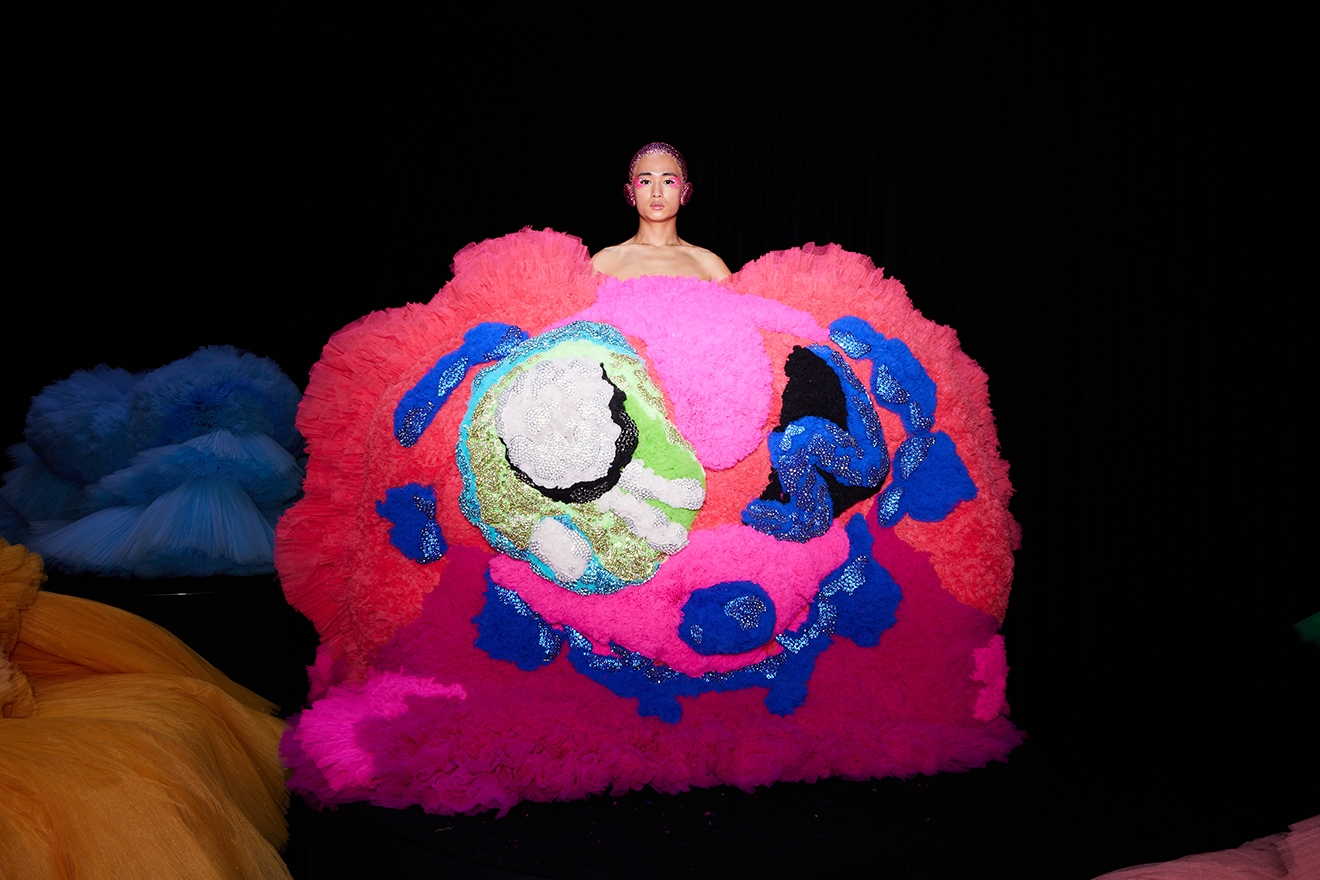
Much like chocolate and ice cream, electronic music and high-end fashion have always shared a close relationship. During Shanghai Fashion Week earlier in 2021, designer Sensen Lii put everyone in awe with a theatrical and queer presentation of his brand Windowsen’s Fall/Winter Couture presentation alongside a tailor-made electronic soundtrack produced by Guangdong-born producer Rui Ho, as the two share a similar love on queer and campy presentations. The collection is vividly bubbly in electro-pop colours, blurring the construct of gender norms and boundaries with alien-themed queer and trans identities connecting to Windowsen’s metaphoric theme of mutation and extraterrestrials. Titled 'Horror Pop Barbie', Rui sampled Aqua’s euro-pop hit 'Barbie Girl' and fused a lot of screaming and horrific laughter with heavy auto tune and vocal distortion that oozed a coquettish yet dangerous vibe, echoing RuPaul Drag Race’s catwalk anthem. The vogue-house essence shines through the pumping bassline and eerie screams, complementing the thematic glamour of Lii’s conceptual fashion show. Check out the outrageous designs and listen to the soundtrack here.
Words by Roger Yiu
19. This is Asia: 6 inspiring artists we want you to follow in 2021
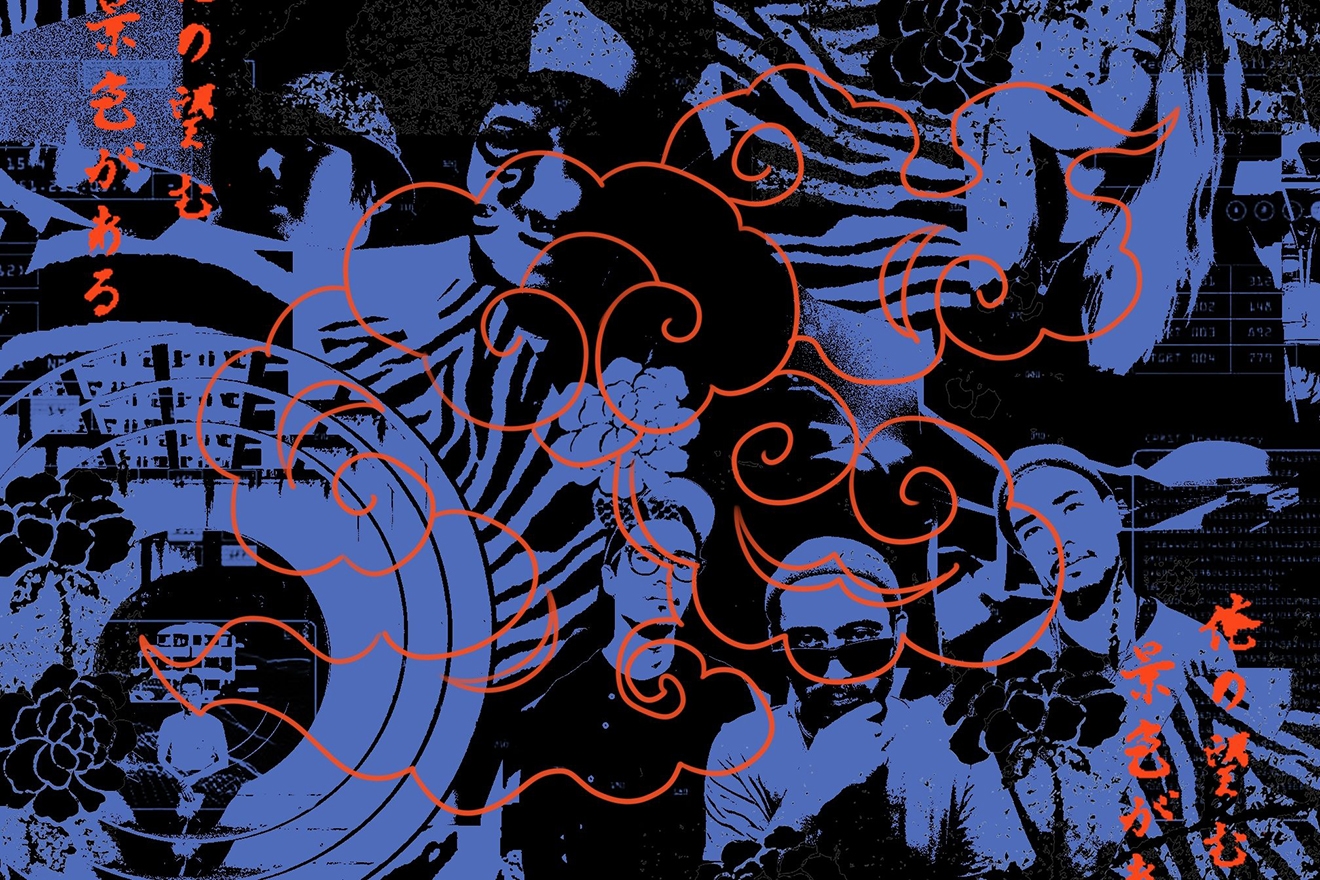
At the start of last year, we spoke to six artists and groups from across Asia who’ve either recently hit our radar with their noteworthy presence or have resurfaced with intriguing projects and releases on the horizon coming into 2021. From raw soul and purist house etiquette via Batavia Collective from Jakarta to the contemporary amalgamation of traditional Korean instruments and electronic wisdom from Akimbo, we’ve got you covered over a wider-than-wide range of sonic gifts from the far East. So if you’ve not heard them already, let us introduce the artists who are taking inspiration from lanterns, janggu drums, space echoes and speakerless studios; discover them here.
18. The rebirth of Sihk: Meet the Indonesian DJ who quit hip hop for happy hardcore
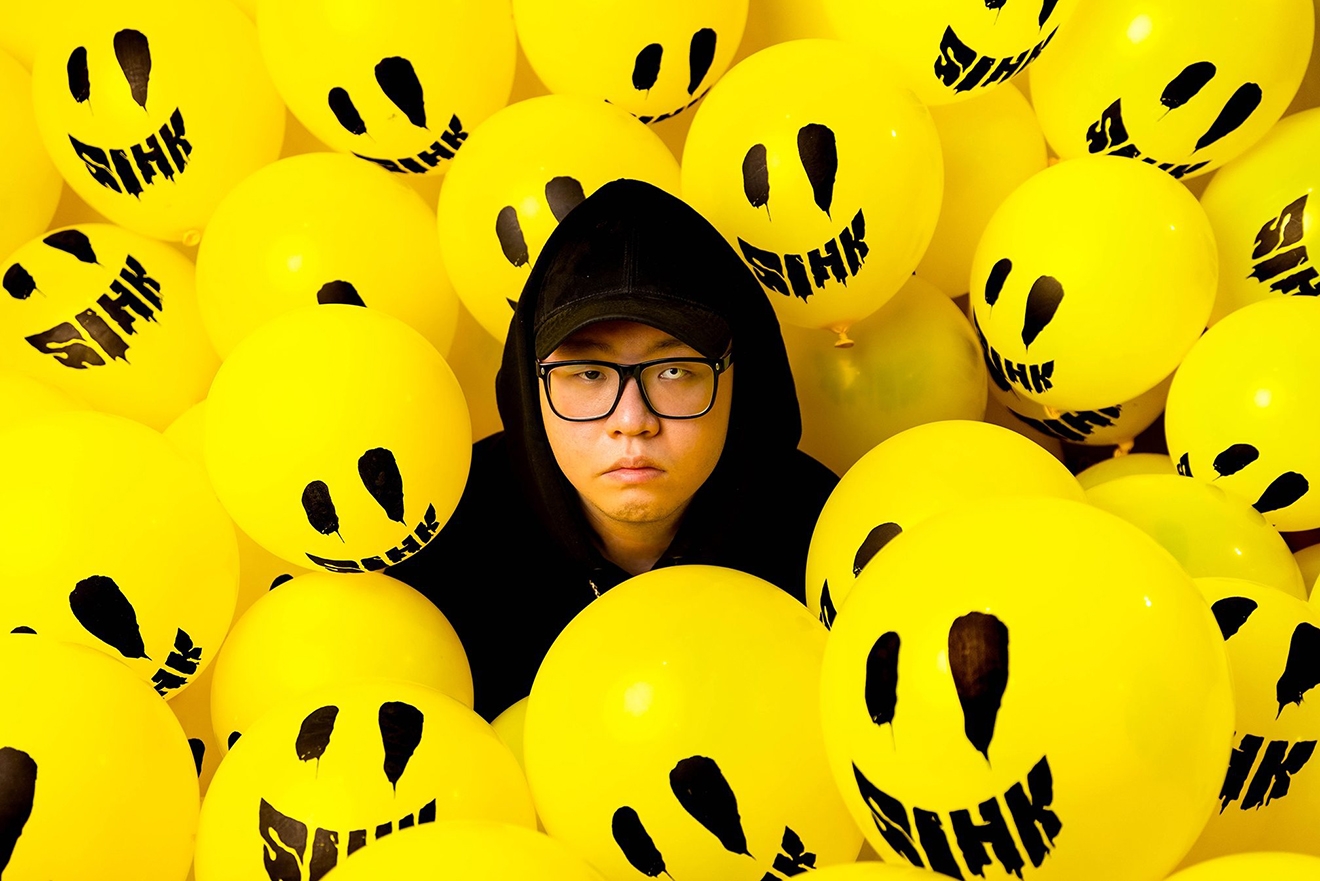
Few people know that SIHK started his music journey as the frontman of a metal band. The story most often told about him is that of him being Rich Brian’s producer (then known as Rich Chigga) and more recently as a DJ known for playing anything with a BPM of over 175. Even as we spoke in Bali earlier this year, an EDM-charged version of hardcore wafted from a clandestine corner of the Barong Hotel, a luxury villa set up in Bali by Yellow Claw where SIHK had been holed up putting the finishing touches on his EP in-between livestreams and late-night McDonalds with Juyen Sebulba.
But maybe we shouldn’t have been so surprised, since some genres of metal can reach near 200 beats per minute. Having also made this parallel is exactly how SIHK arrived at his latest Hypercore EP, which was released on Friday August 5 via Barong Family, and coined a genre of the same name. The four-track EP is lauded as SIHK’s magnum opus, a shining beacon of who he is as an artist and the multi-year journey that has taken him across the globe to arrive at his true artistry after years of meandering the musical spectrum. To SIHK, Hypercore is, besides a kinetic ball of energy, a heart-pounding amalgamation of his life experiences in music connected to his personal struggles as well as his triumphs. The influences not only draw upon the sounds he started with but also their journey to getting here. Here's the story of the evolution of his career and why the former poster child for hip hop pivoted to 175 BPM.
Words by Olivia Wycech
17. Filipino electronic music continues to flourish despite zero nightlife

Mixmag Asia readers read a lot of stories from the Philippines this year. Since it confirmed its first case of COVID on January 30, 2020, various sectors have felt the pandemic's impact with nightlife being one of the most crippled. The capital, Metro Manila, has seen numerous closures of loved spots such as Today x Future, XX XX, Limbo, Black Market, Route 196 and Nokal, some having existed for more than a decade. In the face of empty dancefloors and yearning communities, Filipino electronic music is currently carving a promising corner with a string of endless productions. Here’s what some of the artists got up to…
Words by Samantha Nicole
16. Inside Budots, the Pinoy dance music phenomenon that took the Philippines by storm
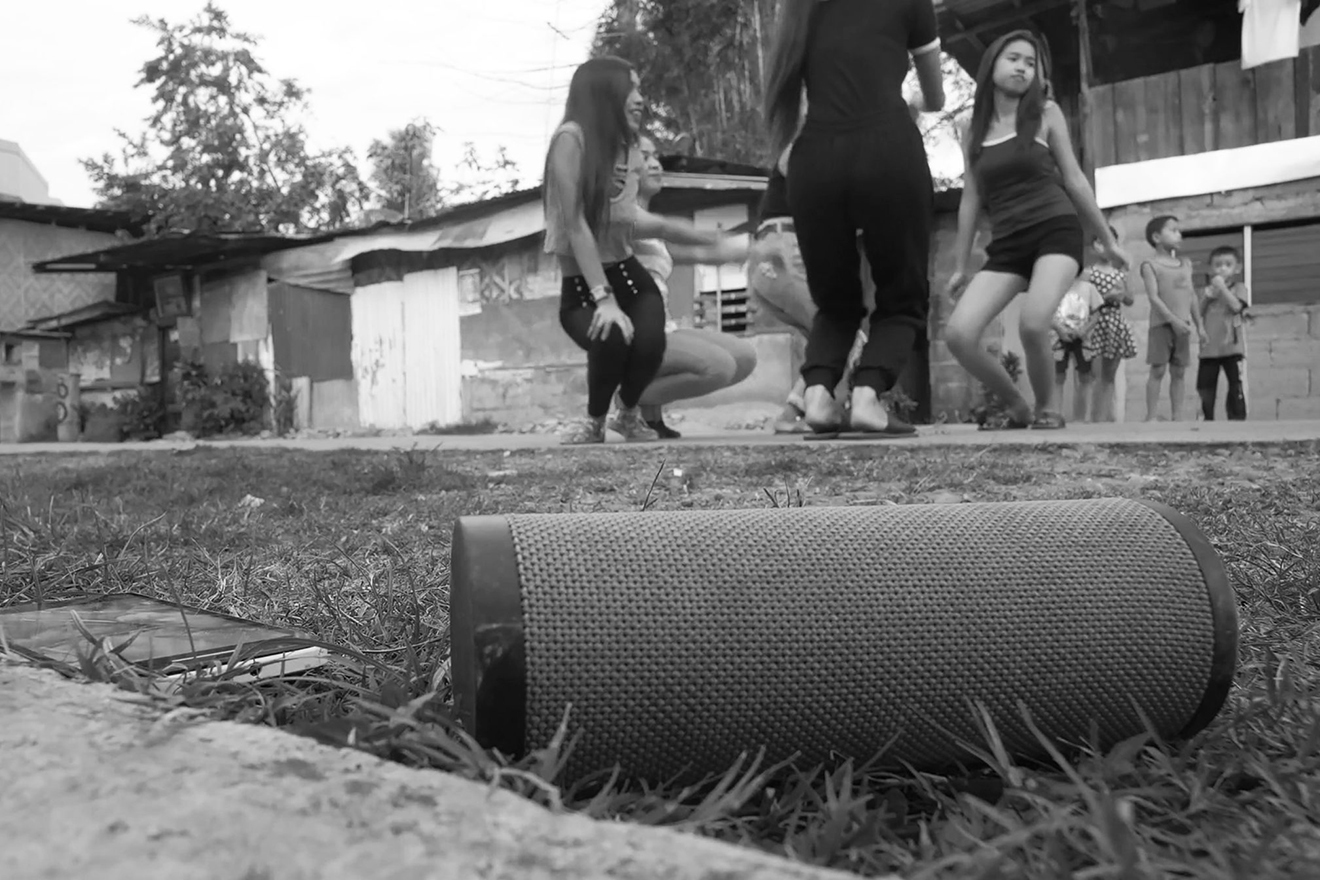
In 2016, a video of Davao City Mayor Rodrigo Duterte dancing with a couple of teenagers to a loud and repetitive tune full of weird noises and hooks went viral online. The video went on to amass millions of views while Duerte went on to win the presidency that year. The music in the video was called budots and launched into a full-blown dance craze that took over the streets of the Philippines for years to come. Even now, budots songs and the accompanying videos of dance compilations have millions of views online. Film director Jay Rosas was as intrigued as you are right now, and decided to do a little digging — and so he made a documentary. Read more about the viral genre here and subsequent film here.
Words by Jacob Mendoza
15. Bangkok welcomes another club; VHS opens its doors this week with a triple header of events

On Thursday, March 25, VHS opened its doors for the first time and welcomed partygoers for three nights of events in a row. The space may not be new to Bangkokians — nestled in the walking soi that connects Sukhumvit 13 and 15, and VHS found its home in a space that has been through many iterations over the years: Space 999, Club 15, Rex and previously even operated as some type of fetish dungeon. What makes this version different is the team they now have in place as well as the overall concept and direction. The club might have closed shortly after as another wave of COVID gripped Bangkok, but a January opening looks promising and we'll be first in line. Get a first look here.
Words by Rory Kirkham
14. #GreenRoom: 8 DJs give advice on cleaning up our dirty little music industry

According to data collected by Bye Bye Plastic, a foundation lead by BLOND:ISH, the average 50,000 person festival creates about 100 tons of waste per event. Now digest this: trash can still be found on the grounds of the iconic Woodstock Festival that happened in 1969. As venues around the world start to reopen and festivals begin to roll out line-ups in this new world, we’re presented with a clean slate if you must, and a chance to do things better this time around. So we wonder: can the music industry flip its own script from garbage generator to a sustainable innovator? So we asked a couple of DJs what one piece of advice they had for the music community on steps we can all take to be a little more mindful when we return to the dance floor. We heard from Seth Troxler, Soul Clap, Nicole Moudaber, Lauren Lane and more who had some advice on how we can do better for the planet here.
Words by Olivia Wycech
13. No Dancers Spared: Are rotary mixers the newest cult to replace black t-shirts for DJs?
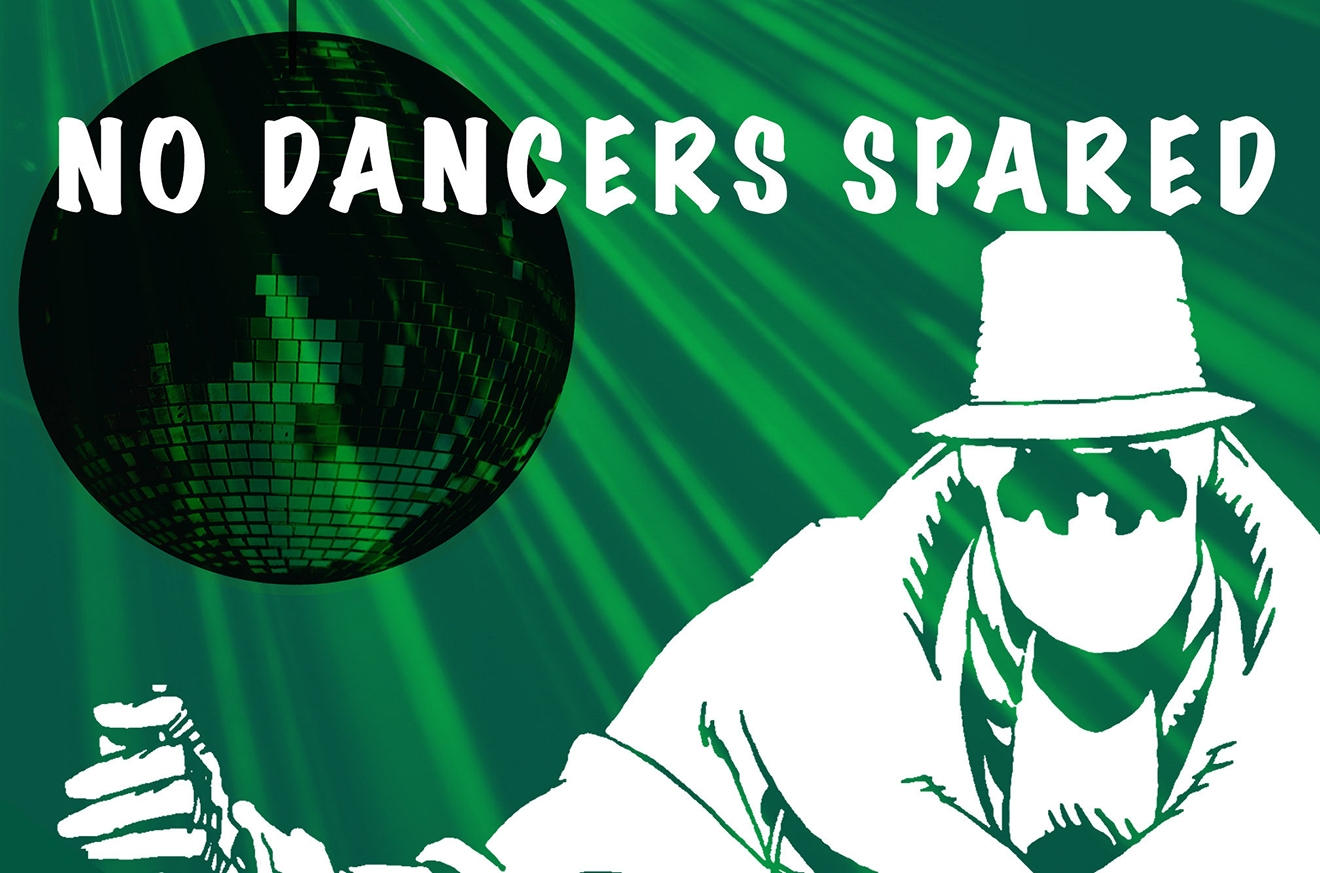
Last year we reluctantly welcomed Arthur Kovacs and his pessimistic, blunt and sardonic view of the modern dance floor and everyone in it. He wrote a lot of heat, and people really resonated when he questioned if rotary mixers were just another esoteric DJ fetish or if people were fawning over them for the right reasons. “Five years ago, we saw phalanxes of DJs claiming to play techno, all clad in black t-shirts. The techno they claimed to play sounded more like tech-house, and the black t-shirts they wore looked more like my old school-dinner-lady’s tunic. If Wallace & Gromit were to make another movie, these DJs could definitely be in the extras as a herd of sheep. Today, one could replace techno with Afro, disco, and world music and replace black t-shirts for rotary mixers, and they would still fit the role of Shaun The Sheep.” What do you think?
Words by Arthur Kovacs
12. A sparkling new brand appears to be taking over Omnia Bali

OMNIA Bali, a brand from Vegas under the Hakkasan Group, closed in 2020 just ahead of its second birthday after Bali’s tourism sector was hit hard by the pandemic. From its ashes rose Savaya, which since has proven itself and worthy and more curated replacement. We're not surprised; people were pretty excited about it and the story went viral. Read it here.
[Words by Olivia Wycech]
11. Studio Ghibli releases its complete collection of soundtracks on vinyl
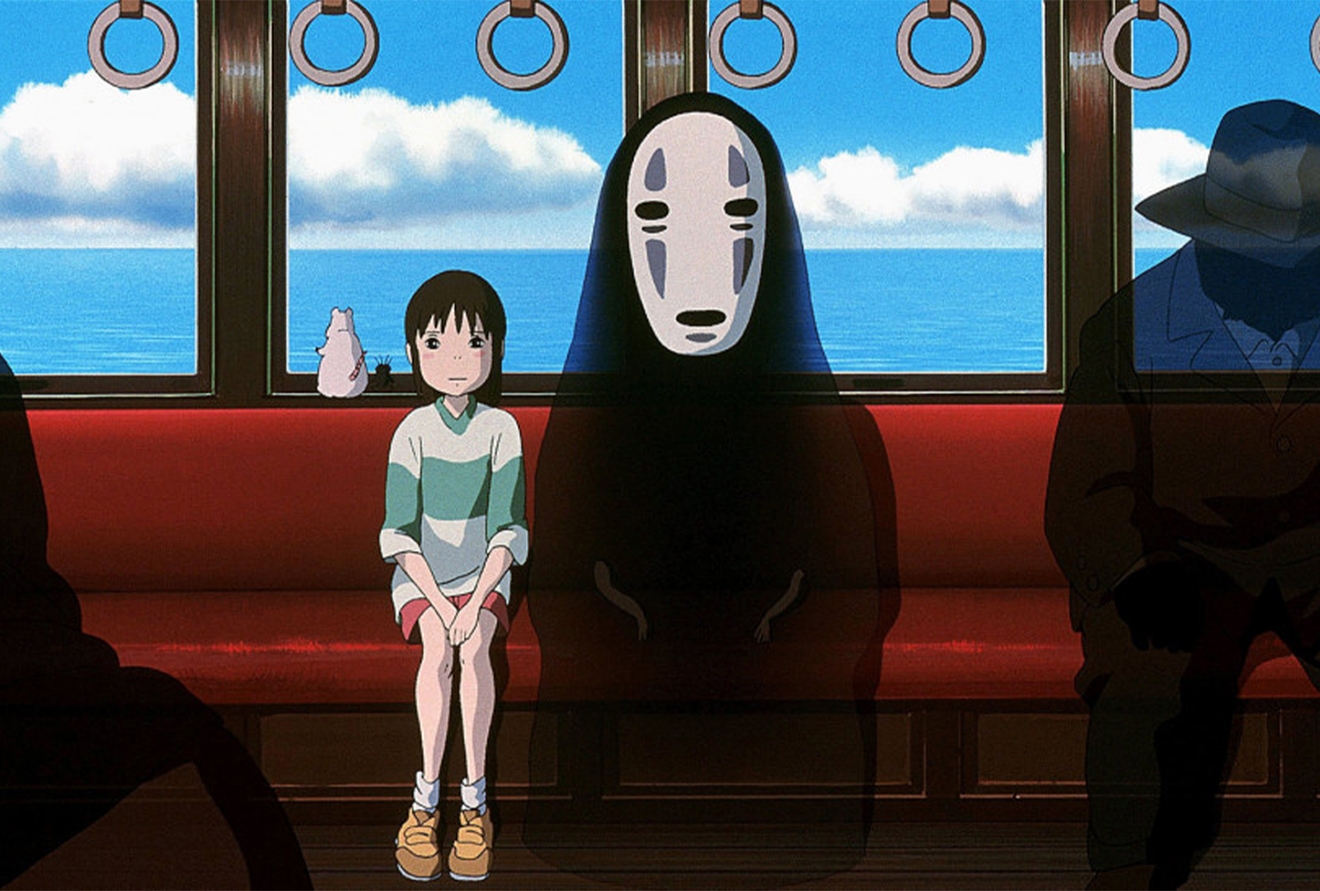
Calling all vinyl fans. After teasing two vinyl releases earlier this year, Studio Ghibli is releasing its first-ever complete collection of original soundtracks on vinyl for fans the world over. The collection is composed by Joe Hisashi and guided by Hayao Miyazaki, and is made up of 20 OSTs from Kiki’s Delivery Service, Porco Rosso, Spirited Away, Howl’s Moving Castle, Castle in the Sky, Princess Mononoke and My Neighbor Totoro, as well as symphonic suites, concept albums and sound books. An exquisite artwork sleeve will accompany each vinyl, which for Ghibli fans, will be quite an impressive collection for their shelves. Pick it up here.
[Words by Elaine Chung]
10. OMNI goes deep, dark & heavy to create a techno wonderland called basika
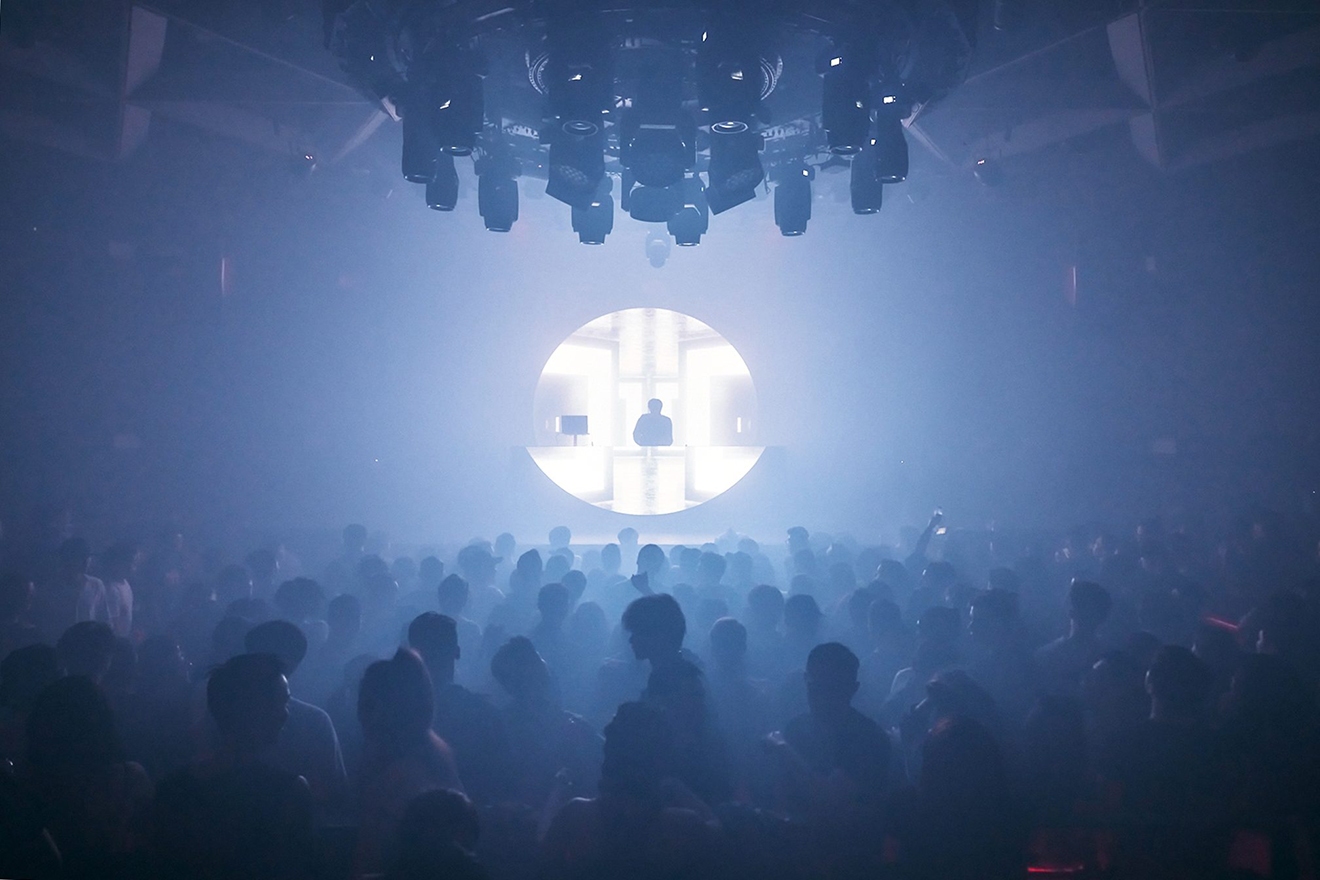
Seemingly frustrated with the inaccessibility and misunderstanding surrounding techno culture in Taipei, theLOOP set out to change public opinion. But before we venture there, it’s important to understand that its centrifugal club OMNI is predominantly an EDM club — which probably raised a lot of eyebrows (but it’s good to get people talking). Before that, it was LUXY for around a decade and combined the two clubs have thrown every party known to mankind in that time with all the best DJs in the world in all the different genres...except techno. But the club used all of those same elements that normally charge a regular Saturday night at OMNI, but applying a less is more approach, and of course, booked a line-up of seemingly underrepresented techno talents from around Taiwan, and the club pulled off an event that a couple of people likened to the kind of parties you experience during peak season in Europe. Here was our recap.
9. Hà Nội community radio launches today in Vietnam
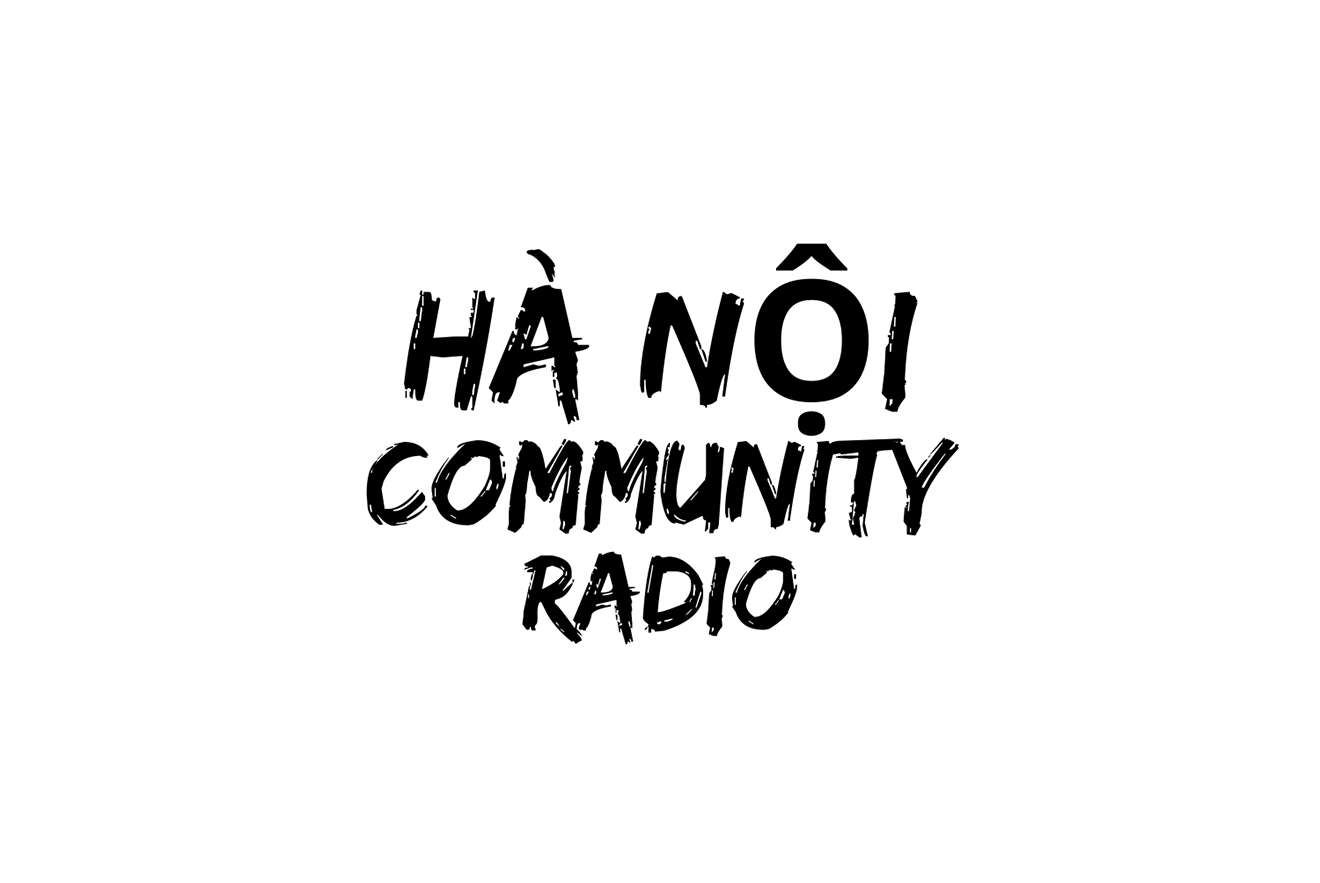
Hà Nội Community Radio launched in 2021 with an aim to provide artists and creatives with a platform that unofficially aligns with the multiple Community Radio stations that have popped up all over Asia, from Karachi to quite recently in Manila, and that originally started in Seoul. The online radio station has since aired shows weekly, with the aim of nurturing a positive scene within the community, to uplift and inspire, with the desire to showcase local talent to a global audience. Tune in here.
Words by Arun Ramanathan
8. Singapore cannot afford to lose these reputable live music bars

If you'd been to Singapore before the pandemic, you'd probably have stumbled upon a homey bar with a cover act playing a Radiohead or Goo Goo Dolls classic. And for sure, the Lion City used to have plenty of such establishments that blasted out such soundtracks for boozy evenings and pre-rave plans; too many to count, really. Alas, it's always miserable when you realise you've taken something for granted, and boy would we give anything to hear another vanilla rendition of The Cranberries' 'Zombie'. But live houses, performance bars and music lounges have been the victims of a lot of uncertainty in Singapore, many of which are storied, stalwart venues that the city can't afford to lose on a cultural level. The topic hit close to home, and even dance music fans in Singapore resonated. Read more about some of Singapore's most cherished venues.
Words by Kevin Ho
7. The end of an era: Volar closes after 17 years in Hong Kong
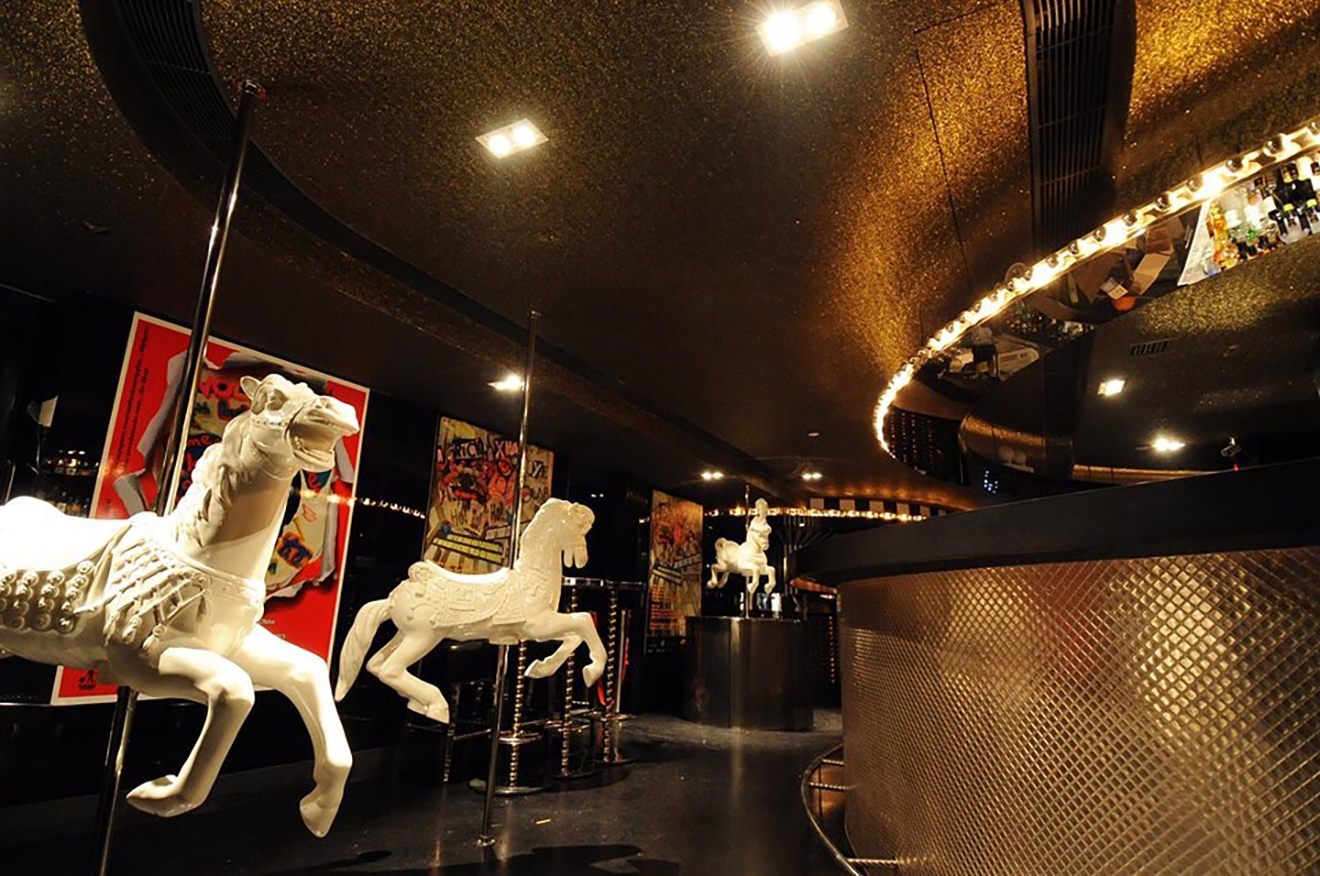
After 17 years in Lan Kwai Fong, an area at the epicenter of Hong Kong’s nightlife, beloved late-night institution Volar closed its doors earlier this year following an extended period of closure during the pandemic. Opening in 2004, the club was a major shake-up to the area with a dedicated below-ground space with two rooms that was vamped as a post-modern, industrial-chic nightclub catering to an influential clientele of dance music enthusiasts. Volar’s closure was coupled with good news as the team behind the club has already opened a two-storey space just a few buildings away from the now-shut club. Introducing Faye, an evolution of Fly and then Volar, but given new wings with which it will soar to the top of California Tower in Lan Kwai Fong, where the new club took over the top two floors, including the roof. Check it out here.
Words by Arun Ramanathan
6. Techno is not what you think it means to most Singaporeans

If you’re one of those wannabe, pretentious music snobs who love declaring that “you only listen to techno”, this piece will blow up in your face (and it did). Wherever in the world you’re from, such a snooty statement might score you brownie points for revealing your so-called superior musical palate, but this affirmation you’re seeking won’t fly in Singapore. To most people here, it wouldn’t elicit an ego-stroking response of curiosity or admiration. What you’d probably get instead is a raised eyebrow, a look of disapproval, or even laughter meant to mock. The fact is, amongst the general populace of the Lion City, techno has quite a different meaning altogether.
You first have to understand that Singapore’s not exactly a mecca of dance music culture, not unlike other Southeast Asian countries in the region. While Western nations gave birth to electronic genres, we were playing catch-up. And along that elongated strand of catching up — like a botched game of broken telephone — mainstream society began formulating their own interpretations of musical terms, with techno being no less a victim. If it’s any consolation, the term ‘techno’ still manages to carry a musical connotation; it’s just not the perception you might expect. Sporting a severe case of mistaken identity, ‘techno’ has become a wishy-washy term used to describe an assortment of genres that are more recognisable by the average Singaporean. Read the piece here.
Words by Kevin Ho
5. This Japanese magazine article from 1999 contains Daft Punk's studio secrets
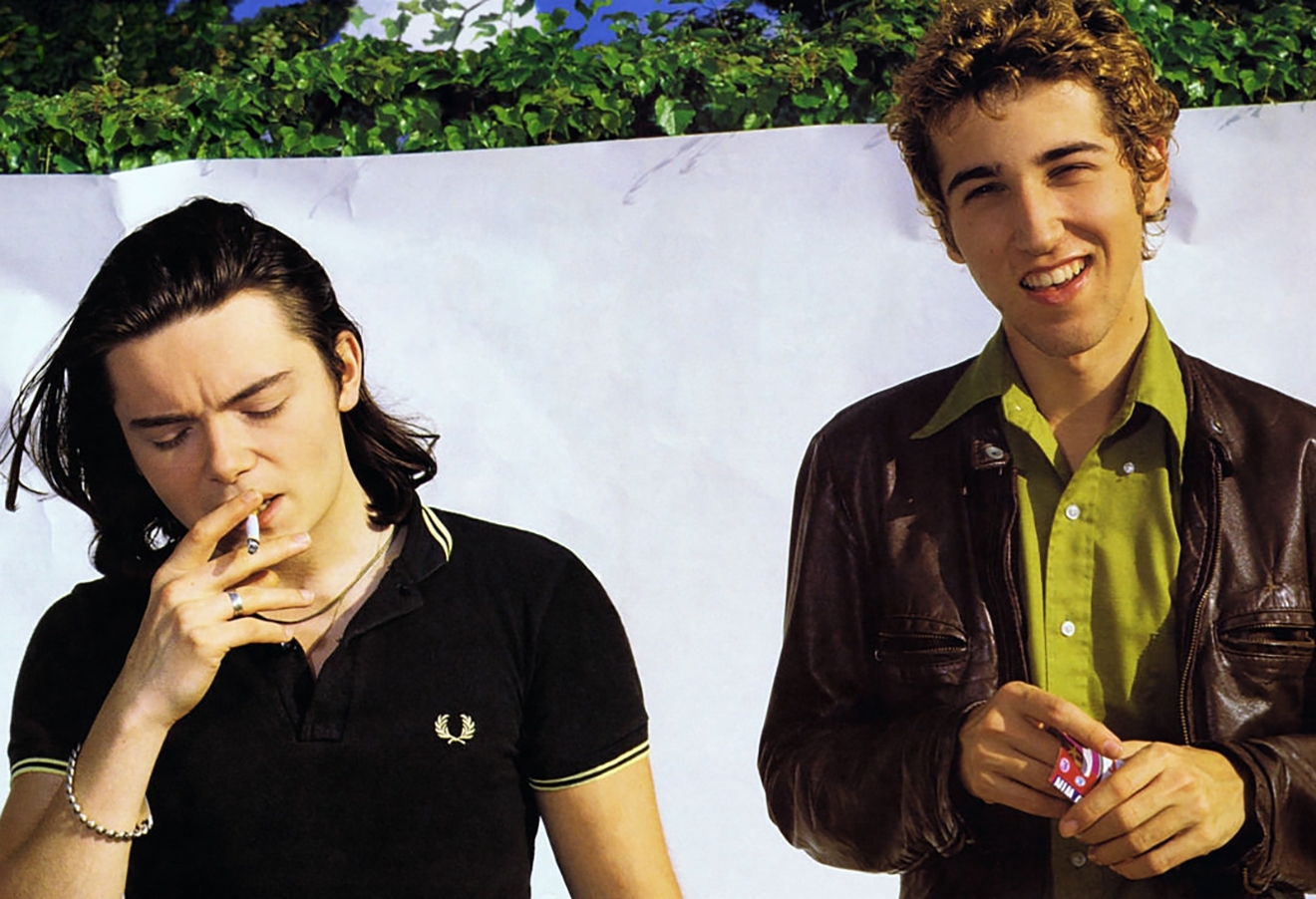
If you’ve ever wondered how Thomas Bangalter and Guy-Manuel De Honem-Christo made the masterpiece, an archival Japanese magazine article from 1999 shared on Reddit holds some of the clues. It features photos of a pre-robot mask wearing Daft Punk (they were opting for frog and pig masks in this shoot) alongside a list of all the equipment they used to make ‘Homework’. Among the list are beloved synths and drum machines such Roland’s TB-303, TR-707, TR-808 and TR-909, and less obviously, an IOMEGA floppy disk zip drive. The 90s! There are also some quotes from Thomas Bangalter discussing their process alongside some handy diagrams. Check 'em out here.
4. The amazing history of Ryuichi Sakamoto: 9 landmark moments that colour the genre-defying artist
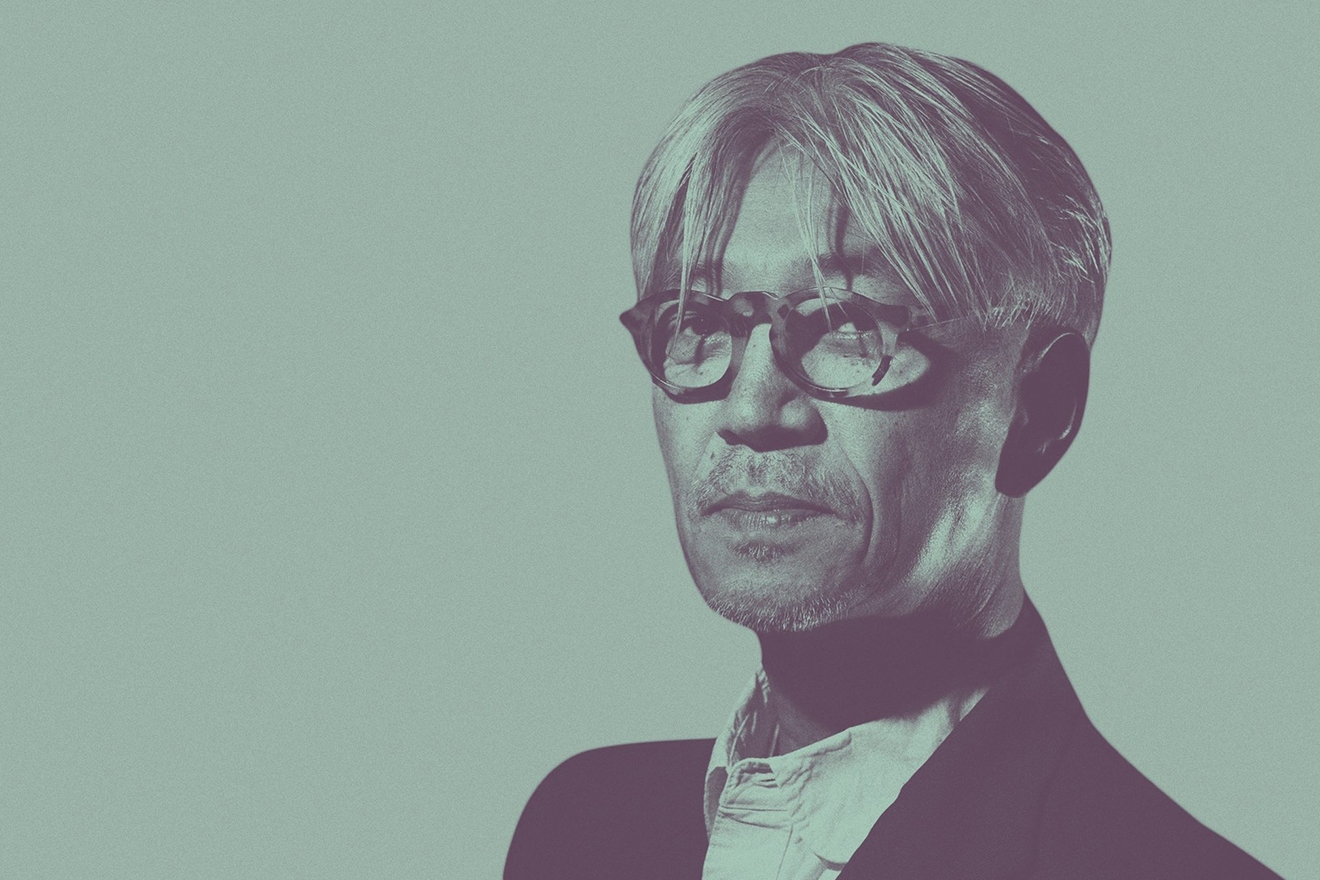
With more than 20 solo albums produced over the course of forty years, notwithstanding his band contributions and film scoring work, Ryuichi Sakamoto is clearly a workaholic. His music has had a far-reaching influence throughout electronic music and hip hop scenes since he started experimenting on synthesizers such as the Buchla, Moog, and ARP at his university in the early 1970s. Originally studying ethnomusicology at Tokyo National University of Fine Arts and Music, Sakamoto has displayed a voracious appetite for sounds that stem from every corner of the natural world. In 2008 Sakamoto travelled with 40 other artists of various disciplines and scientists to the Arctic near Greenland, where the enigmatic musician recorded the sounds of the melting ice. In 2009 he was named an Officer of the Order of Arts and Letter, France’s highest cultural honour. Is there nothing this man can’t do? How did it get to this point? How did it all begin? Where am I? In an attempt to answer some of these questions, we’ve compiled a list below of some of the bigger moments of Ryuichi Sakamoto’s life and how they relate to the bigger picture. Learn more about this prolific artist here.
Words by Ciraran Dwyer
3. This is Asia: 20 female artists pushing the sounds of the Far East forward

Like so many professional spheres, music can often be a rather patriarchal industry. It began as a boy’s club and while it continues to be hugely androcentric, there are plenty of female artists around the world working to disrupt and dismantle that ecosystem while rewriting the cultural rulebook — especially in Asia. Early on in 2021, our team was tasked with compiling a list of artists — with no gender specification — that were pushing the scene forward in Asia. We ended up with a shortlist of almost all female DJs, and after we mused upon it, we decided it was a reflection of the current state of the industry in Asia — women are propelling the scene forward as they challenge traditions with their boundary-breaking sounds. This was the inspiration for this list — which came out on International Women’s Day — and whittling any list down feels like cutting out members of your own family, so know that it was hard but we looked for those who, despite a pandemic raging around them, remained relevant, made some noise and empowered their community. Hear them!
Words by Olivia Wycech
2. This is Mambo Jambo, the strange party phenomenon that Singaporeans adore

In club culture, it’s a given that loud music and pulling shapes are inseparable. Often, the moves you witness on the floor are manifold, erratic, and subjectively individualistic – a beautiful mess, if you will. Now what if we told you that in Singapore, there exists a party series where everyone is completely coordinated, united by synced-up choreography and retro guilty pleasures? Where everyone literally ‘gets down on their knees and pray’ along with New Order, or ‘spins themselves right round like a record’ together with Dead Or Alive? This is, characteristically, the magic of Mambo Jambo.
Arguably the city’s most resilient nightlife series, Mambo Jambo has been a staunch staple of the Zouk Singapore brand since its launch in 1992. While the club titan was already building a formidable reputation in Southeast Asia as a haunt for house music, it wanted an entity that catered to a wider audience unfamiliar with the more niche segment of house culture. Learn about it here.
Words by Kevin Ho
1. 36 pictures that prove Hong Kong's Canton Disco is a nostalgic time capsule that never ended

On March 30, 1985, Canton Disco opened its doors for the first time to Hong Kong's discerning purveyors of the night. This year we celebrated 36 years of a club whose history never ceased, and whose time capsule has no end. By the intention of design, Andrew Bull — a DJ, showman and booker who gave club life a real sense of belonging in Hong Kong — turned Canton Disco into the first premiere social network to exist in Asia from its conception. It was the social network of the 1980s in Asia, and the club was the centrifuge of everything going on in the city when it came to fashion, glamour, arts and film. Body language was nothing without substance to your name, and everybody was somebody in their own right and they knew how to flaunt it — but what came first was the show, and the music. See a gallery from Canton Disco and relive 10 of its best shows here.
Words by Arun Ramanathan


